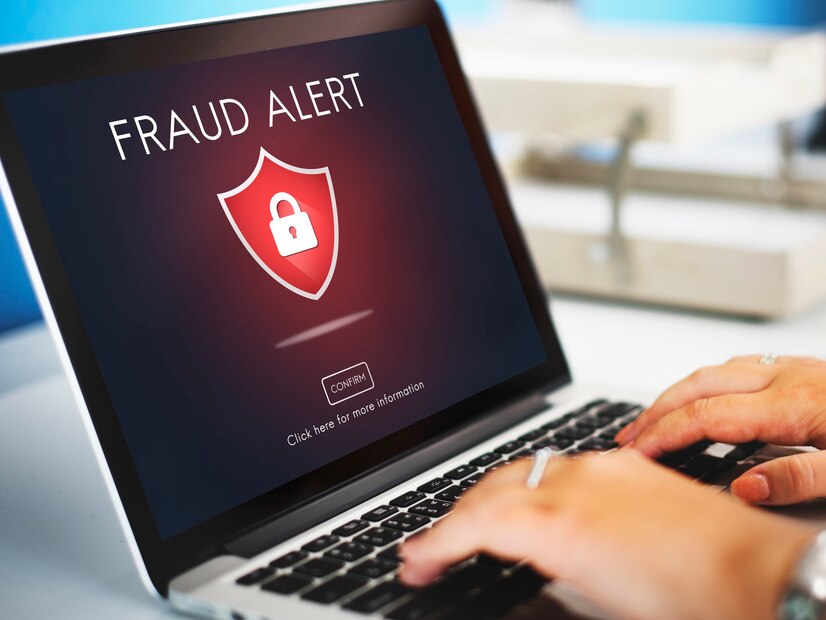In today’s hyper-connected world, your digital identity is as valuable as any physical asset. From online banking and social media to email and shopping accounts, your personal information is stored across countless platforms. When a data breach occurs—whether at a financial institution, healthcare provider, or popular website—your sensitive data may fall into the hands of cybercriminals. Taking immediate and informed steps after a breach is essential to protect yourself from identity theft, financial loss, and long-term consequences.
Understanding What Happens in a Data Breach
A data breach typically involves unauthorized access to a system where personal data is stored. Hackers may steal names, email addresses, passwords, credit card details, Social Security numbers, and other sensitive information. In some cases, this data is sold on the dark web or used for phishing scams, identity theft, and financial fraud.
Immediate Steps to Take After a Data Breach
- Find Out What Was Compromised
When you’re notified of a breach, determine which pieces of your data were affected. Was it just your email address, or did the breach include financial data, government-issued IDs, or passwords? - Change Passwords Immediately
Update your passwords for any affected accounts, and use unique, complex combinations. If you reused the same password across multiple sites, change those as well. Consider using a password manager to generate and store strong passwords securely. - Enable Two-Factor Authentication (2FA)
Adding 2FA to your accounts provides an extra layer of protection. Even if someone has your password, they won’t be able to access your account without the second verification step—often a temporary code sent to your phone or email. - Monitor Financial Activity
Regularly check your bank and credit card statements for unauthorized charges. Set up alerts with your financial institution to be notified of any unusual activity. - Check Your Credit Report
In the U.S., you can get a free credit report from each of the three major credit bureaus (Equifax, Experian, and TransUnion) once a year via AnnualCreditReport.com. Look for accounts you don’t recognize or suspicious inquiries. - Place a Fraud Alert or Credit Freeze
A fraud alert makes it harder for someone to open accounts in your name, while a credit freeze stops new creditors from accessing your credit report altogether. Both are free and effective deterrents.
Long-Term Protection Strategies
- Use Identity Theft Protection Services
These services can monitor your personal information online, alert you to suspicious activity, and sometimes offer insurance for identity theft recovery. - Stay Informed About New Breaches
Data breaches happen frequently. Use websites like HaveIBeenPwned.com to check whether your information has been compromised in past incidents and sign up for alerts. - Be Wary of Phishing Scams
After a breach, scammers often use the stolen information to craft convincing emails or texts. Don’t click on suspicious links, and verify any requests for sensitive data, even if they appear legitimate. - Secure Your Devices
Keep your devices updated with the latest security patches, use antivirus software, and avoid using public Wi-Fi for sensitive transactions.
A data breach can feel overwhelming, but proactive steps can significantly reduce the damage and prevent future harm. Acting quickly to secure your accounts, monitor your credit, and stay vigilant against scams is essential in today’s digital landscape. While you can’t control how companies protect your data, you can control how you respond—and that can make all the difference in safeguarding your digital identity.

